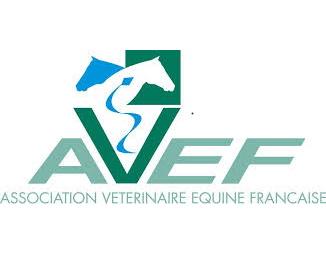Get access to all handy features included in the IVIS website
- Get unlimited access to books, proceedings and journals.
- Get access to a global catalogue of meetings, on-site and online courses, webinars and educational videos.
- Bookmark your favorite articles in My Library for future reading.
- Save future meetings and courses in My Calendar and My e-Learning.
- Ask authors questions and read what others have to say.
Induction d’un anoestrus prolongé chez la jument
Get access to all handy features included in the IVIS website
- Get unlimited access to books, proceedings and journals.
- Get access to a global catalogue of meetings, on-site and online courses, webinars and educational videos.
- Bookmark your favorite articles in My Library for future reading.
- Save future meetings and courses in My Calendar and My e-Learning.
- Ask authors questions and read what others have to say.
Read
Résumé : Les indications d’une suppression de la cyclicité chez la jument sont très limitées. Un traitement quotidien per os à l’altrenogest est simple, efficace, de durée d’effet contrôlable. La phase lutéale peut être prolongée par dépôt de billes de verre ou de plastique dans l’utérus, par injections quotidiennes d’ocytocine pendant la 2nde semaine post-ovulation, par écrasement d’une vésicule embryonnaire après émission du signal antilutéolytique ou induction de l’ovulation d’un follicule dominant présent en fin de phase lutéale. L’efficacité attendue varie entre 40 et 75%, la durée de l’anoestrus est variable pouvant atteindre 3 mois, mais la mise en œuvre peut être un peu complexe sauf la pose d’une bille utérine. L’immunisation anti-GnRH reproduit une situation proche d’un anoestrus saisonnier, la durée de l’effet est très variable et non maitrisable avec une réversibilité non garantie. La réglementation en matière de lutte contre le dopage dans ce domaine mériterait d’être revue. Lors de visite d’achat de futures poulinières l’utilisation de tels protocoles au cours de leur carrière sportive devrait être signalée ou recherchée, au risque sinon d’avoir des femelles non cyclées ou infertiles.
Mots clés : jument, contraception, progestagène, GnRH, comportement, sport.
Get access to all handy features included in the IVIS website
- Get unlimited access to books, proceedings and journals.
- Get access to a global catalogue of meetings, on-site and online courses, webinars and educational videos.
- Bookmark your favorite articles in My Library for future reading.
- Save future meetings and courses in My Calendar and My e-Learning.
- Ask authors questions and read what others have to say.
About
How to reference this publication (Harvard system)?
Author(s)
Copyright Statement
© All text and images in this publication are copyright protected and cannot be reproduced or copied in any way.Related Content
Readers also viewed these publications
No related publications found.





Comments (0)
Ask the author
0 comments